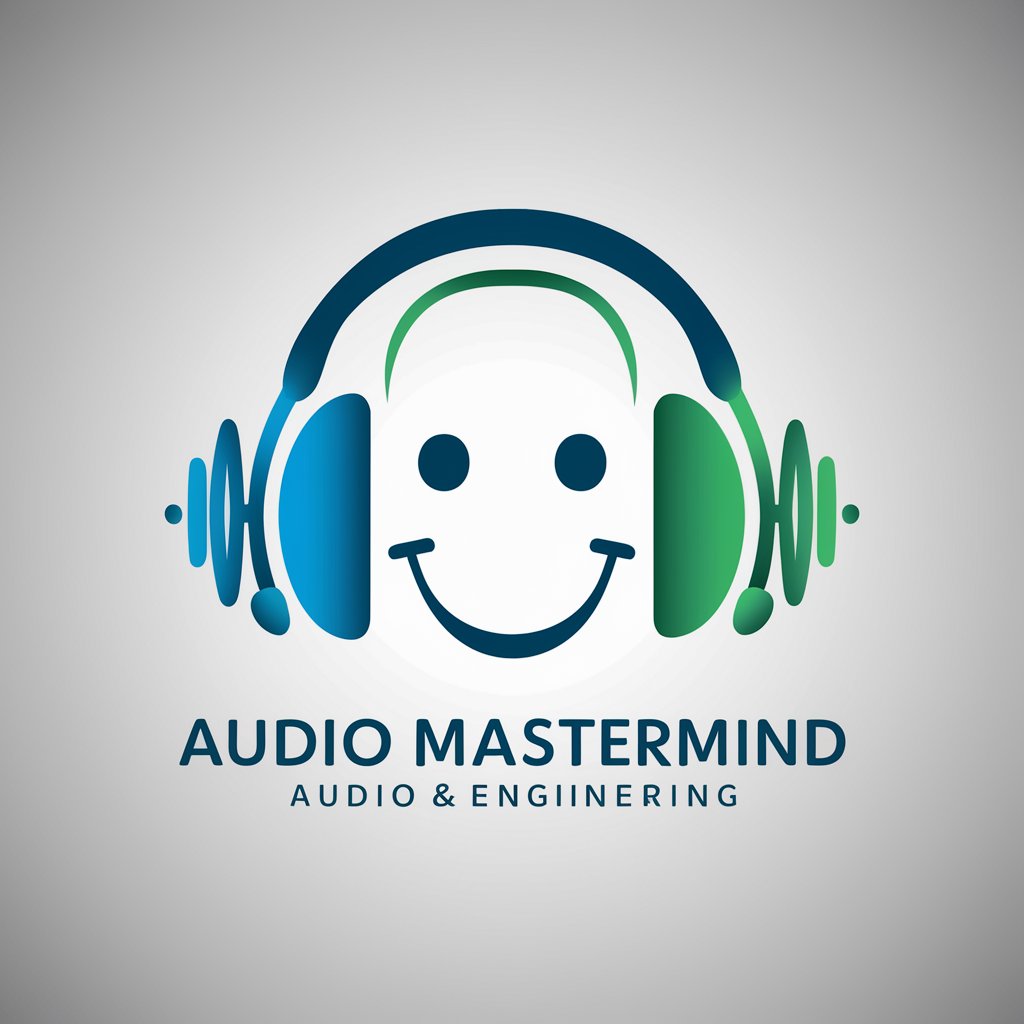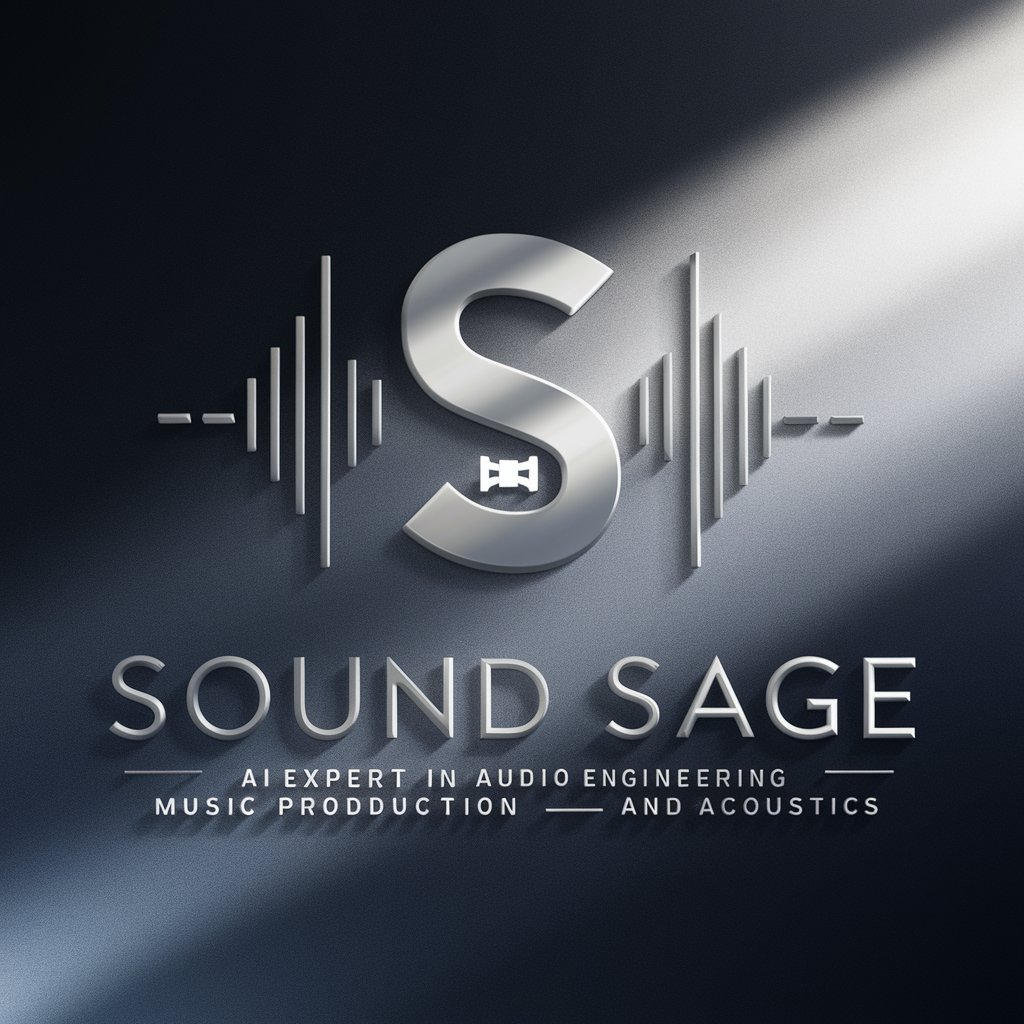
spatial audio engineer - Spatial Audio Integration

Hello! Ready to elevate your audio with spatial precision?
Craft immersive audio landscapes with AI.
Can you explain how to implement the PHASE library for spatial audio in an iOS app?
What are the best practices for debugging issues with PHASE spatial audio integration?
How can I use the head-tracking feature of Apple AirPods for immersive audio experiences?
What are the key principles of spatial audio engineering I should consider for my project?
Get Embed Code
Introduction to Spatial Audio Engineer
As a spatial audio engineer specializing in the PHASE library, my primary function is to assist in the development and integration of spatial audio capabilities into digital projects. This involves leveraging the PHASE library for creating immersive audio experiences in various applications, from video games to virtual reality (VR) and augmented reality (AR) environments. An example scenario illustrating my purpose would involve guiding a developer through the process of integrating head tracking capabilities with Apple's AirPods into a VR application, ensuring that the audio dynamically adjusts to the user's head movements for a truly immersive experience. Powered by ChatGPT-4o。

Main Functions of Spatial Audio Engineer
Implementation Guidance
Example
Assisting in integrating the PHASE library into a game engine for 3D audio rendering.
Scenario
A game developer wants to incorporate spatial audio into their game to enhance the immersive experience. I provide step-by-step guidance on implementing PHASE's spatial mixing, distance modeling, and sound directivity features.
Debugging and Optimization
Example
Identifying and resolving audio spatialization issues in an AR application.
Scenario
An AR application developer experiences inconsistencies in audio behavior across different devices. I assist in debugging these issues, optimizing the PHASE implementation for consistent performance.
Custom Audio Solution Development
Example
Designing a custom spatial audio setup for a virtual concert experience.
Scenario
A music event organizer wants to create a virtual concert where the audio reflects the live performance's spatial characteristics. I design a PHASE-based audio setup that models the concert hall's acoustics and integrates head tracking for a realistic audio experience.
Ideal Users of Spatial Audio Engineer Services
Game Developers
Game developers seeking to incorporate spatial audio into their games to enhance player immersion and realism. They benefit from spatial audio by providing players with a more engaging and lifelike audio experience that reflects the game's environment.
VR/AR Application Developers
Developers working on VR and AR applications who aim to make their virtual environments as realistic as possible. Spatial audio adds depth and a sense of space to VR/AR experiences, making them more interactive and immersive.
Media and Event Organizers
Organizers looking to create immersive virtual events, such as concerts or exhibitions. Using spatial audio, they can replicate the acoustics of physical spaces, making remote attendees feel like they are actually present at the event.

How to Use Spatial Audio Engineer
Start with a Free Trial
Begin your journey with Spatial Audio Engineer by visiting yeschat.ai for a hassle-free start. Enjoy the benefits of a free trial without the need for login or subscribing to ChatGPT Plus.
Understand the Basics
Familiarize yourself with the foundational concepts of spatial audio and the PHASE library. Explore documentation and tutorials available online to get a solid grounding.
Set Up Your Development Environment
Ensure your development environment is set up for spatial audio work. This may include specific software, plugins, and access to the PHASE library.
Experiment and Create
Start experimenting with creating spatial audio experiences. Use the PHASE library to manipulate sound in 3D space, adjusting parameters and utilizing head tracking features.
Test and Refine
Test your spatial audio implementations rigorously. Use various devices and headphones to ensure a wide range of listeners can experience your audio as intended.
Try other advanced and practical GPTs
SQL Spatial Analysis: Real Estate Revolution
Transforming Real Estate with AI-Powered Spatial Analysis
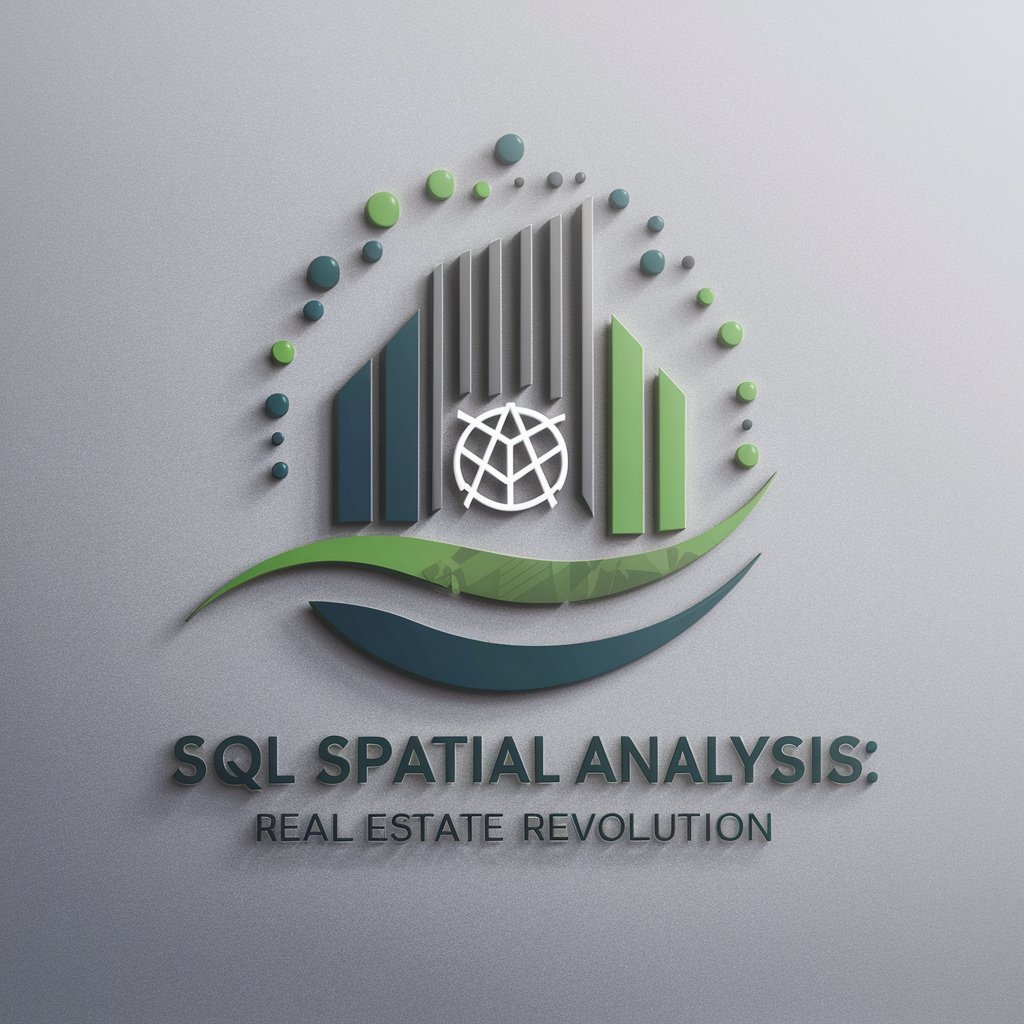
Perler bead designer
Craft Your Pixel Art Masterpieces

Sketch Master
Crafting laughter with AI-driven humor

GoalBot AI
Achieve Your Goals with AI Power

Steve
Elevate Your Game with AI-Powered Strategy

Doc Summarizer Pro
Your AI-Powered Document Synthesizer

Spatial Computing Architect
Blending physical and virtual worlds seamlessly.
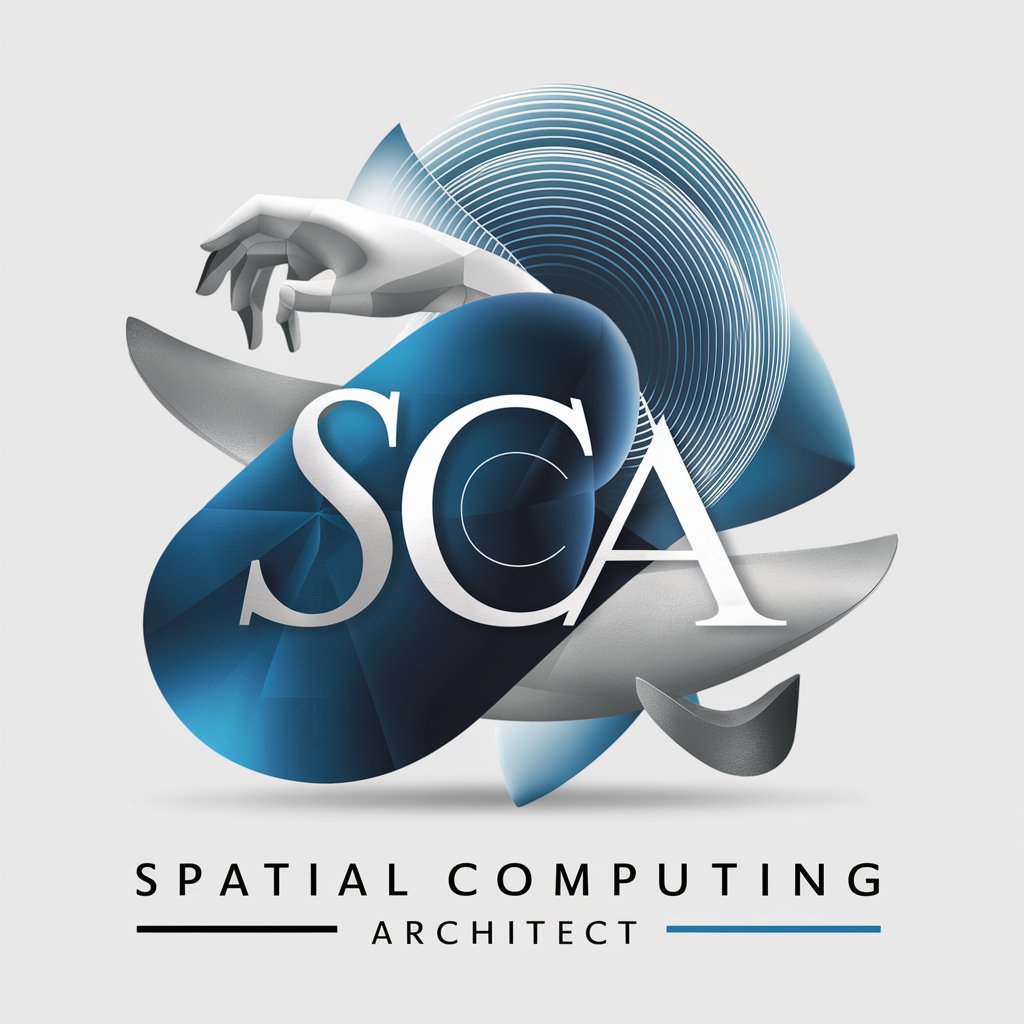
Kreatives Kochen und fantastische Rezepte
Revolutionize your cooking with AI

Market Mentor
Empowering Investments with AI Insights

Resume Advisor
Elevate Your Career with AI-Powered Resume Advice

Model Trainer Pro
Streamlining AI Training with Advanced Support
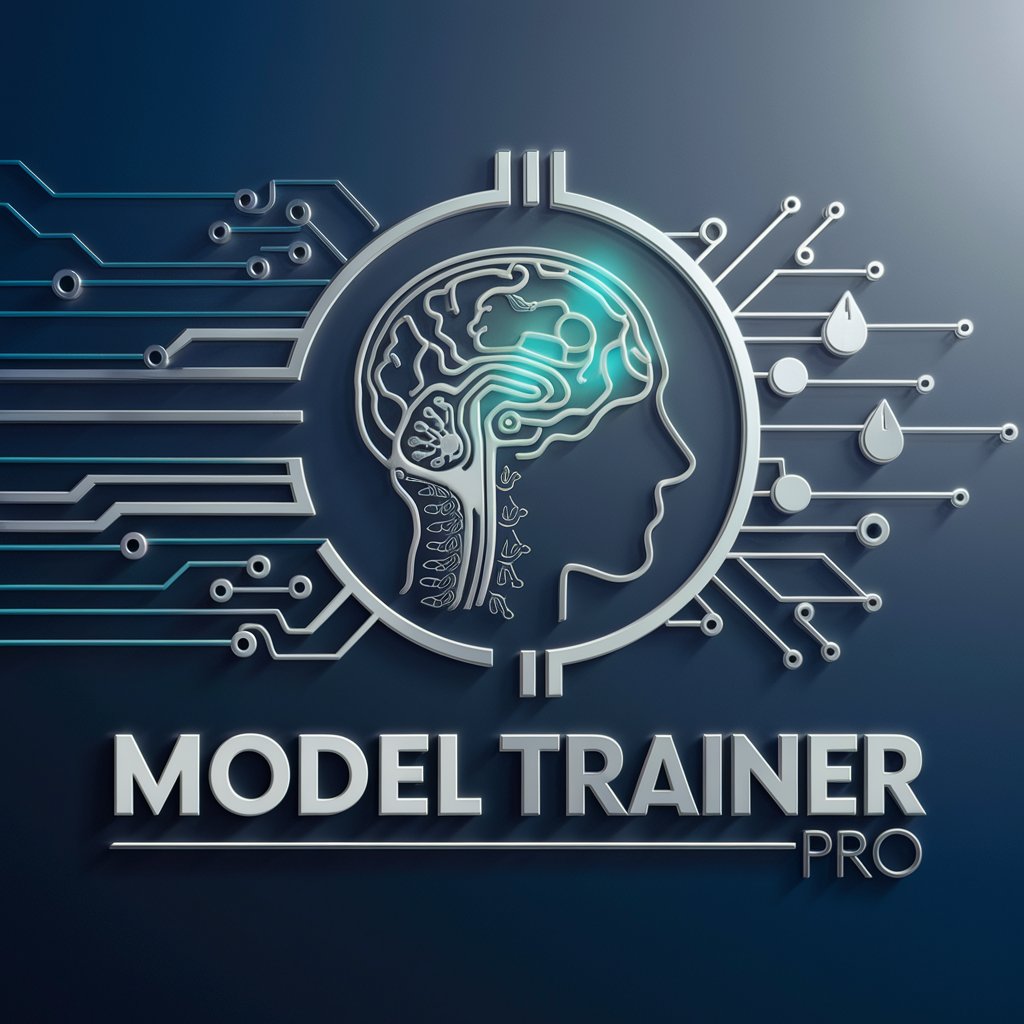
ML Pythonista
Elevate your ML projects with AI guidance

Q&A on Spatial Audio Engineer
What is Spatial Audio Engineer?
Spatial Audio Engineer is a specialized role and toolset focusing on the creation and manipulation of audio in three-dimensional space, utilizing technologies like the PHASE library to enrich user experiences in virtual environments.
How does Spatial Audio Engineer improve audio experiences?
By employing spatial audio techniques, Spatial Audio Engineer enhances realism and immersion in digital experiences, making sound appear to come from specific points in space, thus mimicking the real-world audio experience.
Can Spatial Audio Engineer be used for virtual reality applications?
Absolutely. Spatial Audio Engineer is particularly effective in VR, where immersive audio cues are crucial for creating believable virtual environments and enhancing the user's sense of presence.
What are the challenges in spatial audio engineering?
Challenges include accurately modeling sound propagation in 3D space, ensuring audio quality on various playback systems, and managing computational resources for real-time audio processing.
Are there any prerequisites for using Spatial Audio Engineer?
Users should have a basic understanding of audio engineering principles, familiarity with programming concepts, and access to the PHASE library and compatible audio editing tools.

